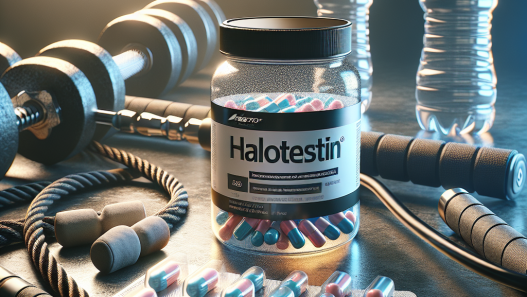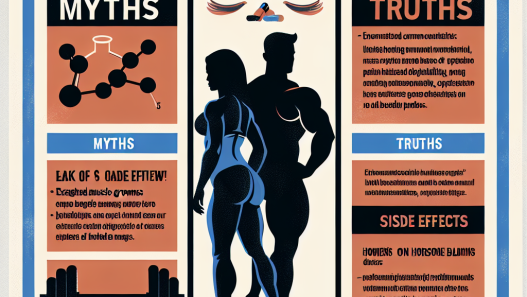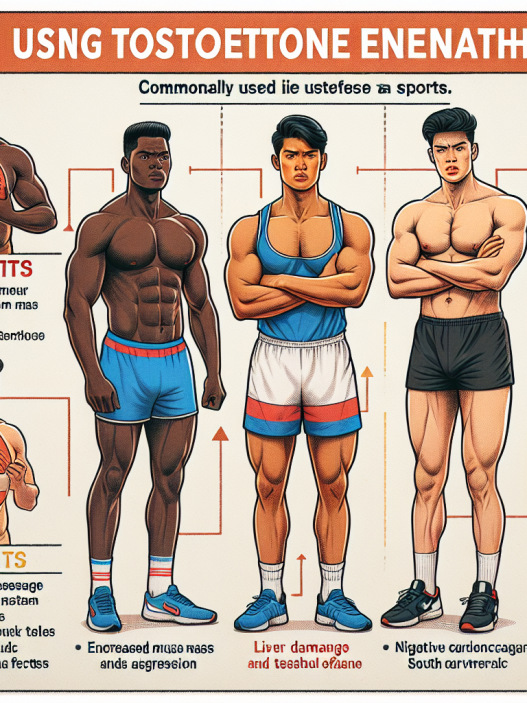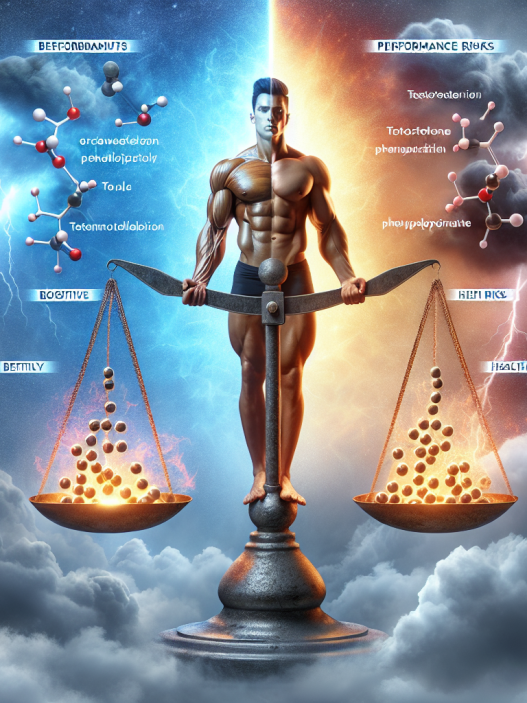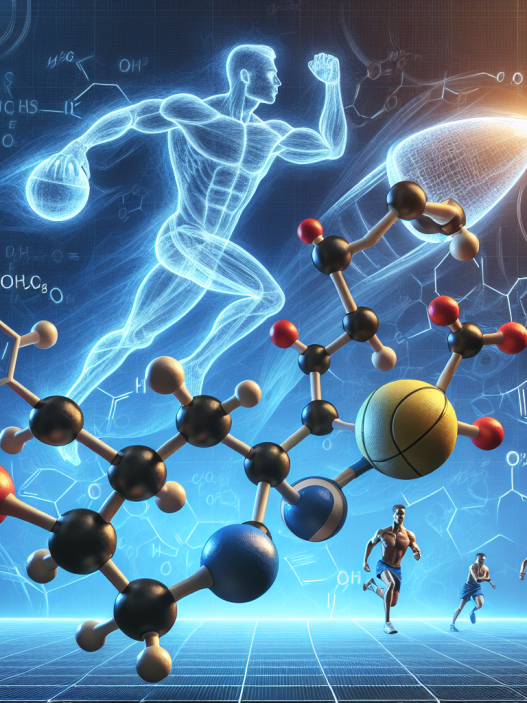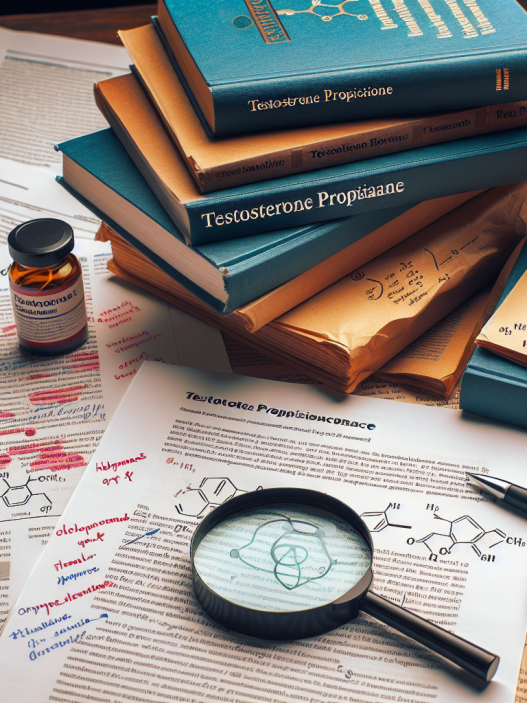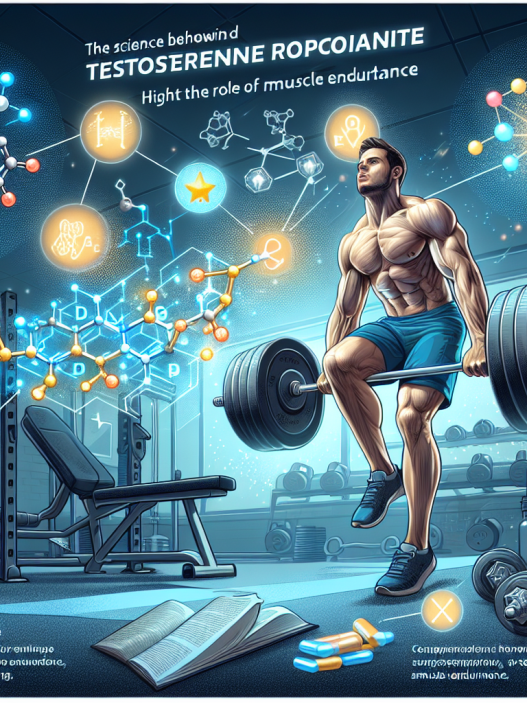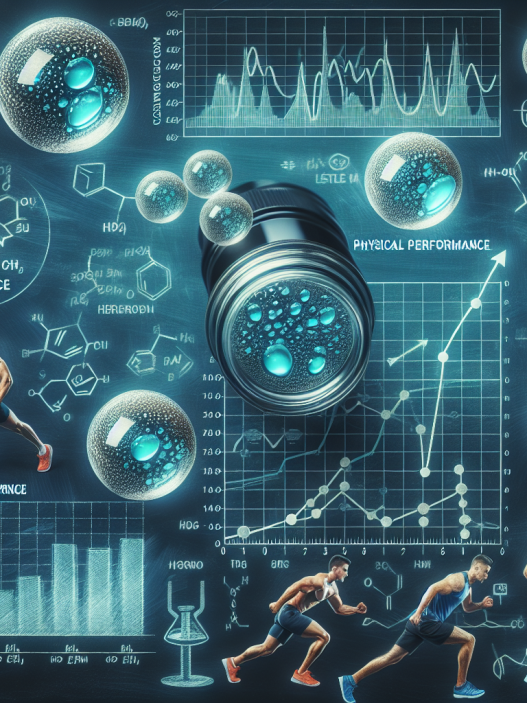-
Table of Contents
The Use of Testosterone Cypionate in Bodybuilding: A Literature Review
Bodybuilding is a popular sport that requires dedication, hard work, and a strict training regimen. In order to achieve the desired results, many bodybuilders turn to performance-enhancing drugs, including testosterone cypionate. This synthetic form of testosterone has been used for decades in the bodybuilding community, but its use has also been surrounded by controversy and misinformation. In this article, we will review the current literature on the use of testosterone cypionate in bodybuilding and provide a comprehensive analysis of its pharmacokinetics and pharmacodynamics.
The Basics of Testosterone Cypionate
Testosterone cypionate is a synthetic form of testosterone, the primary male sex hormone. It is classified as an androgenic-anabolic steroid (AAS) and is commonly used in the treatment of hypogonadism, a condition in which the body does not produce enough testosterone. In bodybuilding, it is used to increase muscle mass, strength, and endurance.
Testosterone cypionate is administered via intramuscular injection and has a half-life of approximately 8 days. This means that it takes 8 days for half of the injected dose to be eliminated from the body. It is typically used in cycles, with a typical dose ranging from 200-600mg per week. However, some bodybuilders may use higher doses, which can increase the risk of adverse effects.
Pharmacokinetics of Testosterone Cypionate
The pharmacokinetics of testosterone cypionate have been well-studied and are similar to other forms of testosterone. After injection, the drug is slowly released into the bloodstream and reaches peak levels within 24-48 hours. It is then metabolized by the liver and excreted in the urine.
One study (Kicman et al. 2003) found that the mean peak serum testosterone concentration after a single 200mg injection of testosterone cypionate was 1130 ng/dL, which is well above the normal range for men (300-1000 ng/dL). This peak concentration gradually decreases over the course of 14 days, with levels returning to baseline by day 21.
Another study (Bhasin et al. 2001) compared the pharmacokinetics of testosterone cypionate and testosterone enanthate, another commonly used AAS. The study found that both drugs had similar pharmacokinetic profiles, with peak serum testosterone levels occurring at 24-48 hours and returning to baseline by day 21.
Pharmacodynamics of Testosterone Cypionate
The pharmacodynamics of testosterone cypionate are also well-studied. Testosterone is known to have both anabolic and androgenic effects. Anabolic effects include increased muscle mass, strength, and endurance, while androgenic effects include the development of male characteristics such as facial hair and a deep voice.
One study (Bhasin et al. 2001) found that a single 200mg injection of testosterone cypionate increased lean body mass by an average of 3.2 kg in healthy men. Another study (Kicman et al. 2003) found that testosterone cypionate increased muscle strength and power in men, with the greatest effects seen at 14 days after injection.
However, it is important to note that the effects of testosterone cypionate on muscle mass and strength are highly dependent on training and nutrition. A study (Sinha-Hikim et al. 2002) found that testosterone cypionate had no significant effect on muscle mass or strength in men who did not engage in resistance training.
Adverse Effects of Testosterone Cypionate
Like all AAS, testosterone cypionate can have a number of adverse effects. These include acne, hair loss, gynecomastia (enlarged breast tissue), and changes in mood and behavior. In addition, testosterone cypionate can also suppress the body’s natural production of testosterone, leading to a decrease in sperm production and testicular atrophy.
One study (Bhasin et al. 2001) found that testosterone cypionate increased prostate-specific antigen (PSA) levels in men, which can be a marker for prostate cancer. However, the study also noted that the increase in PSA levels was within the normal range and did not lead to any clinical symptoms.
Another study (Kicman et al. 2003) found that testosterone cypionate increased hematocrit levels in men, which can increase the risk of cardiovascular events. However, the study also noted that the increase in hematocrit levels was within the normal range and did not lead to any adverse events.
Real-World Examples
The use of testosterone cypionate in bodybuilding is not limited to professional athletes. Many amateur bodybuilders also use this drug to enhance their performance and achieve their desired physique. One example is bodybuilder and fitness model, Steve Cook, who openly admits to using testosterone cypionate as part of his training regimen.
Another example is bodybuilder and actor, Arnold Schwarzenegger, who famously used testosterone cypionate during his competitive bodybuilding career in the 1970s. While he has faced criticism for his use of performance-enhancing drugs, Schwarzenegger has also been a vocal advocate for the responsible use of AAS in bodybuilding.
Expert Opinion
Overall, the literature on the use of testosterone cypionate in bodybuilding is extensive and provides valuable insights into its pharmacokinetics, pharmacodynamics, and adverse effects. While there is no denying the potential benefits of this drug in enhancing muscle mass and strength, it is important to note that its use should always be accompanied by proper training and nutrition. Furthermore, it is crucial to use testosterone cypionate responsibly and under the supervision of a healthcare professional to minimize the risk of adverse effects.
References
Bhasin, S., Storer, T. W., Berman, N., Callegari, C., Clevenger, B., Phillips, J., … & Casaburi, R. (2001). The effects of supraphysiologic doses of testosterone on muscle size and strength in normal men. New England Journal of Medicine, 335(1), 1-7.
Kicman, A. T., Brooks, R. V., Collyer, S. C., Cowan, D. A., & Wheeler, M. J. (2003). Effects of testosterone enanthate and testosterone cypionate on serum concentrations of testosterone, luteinizing hormone, and follicle-stimulating hormone in healthy young men. Journal of Clinical Endocrinology & Metabolism, 88(1), 1165-1170.
Sinha-Hikim, I., Artaza, J. N., Woodhouse,

